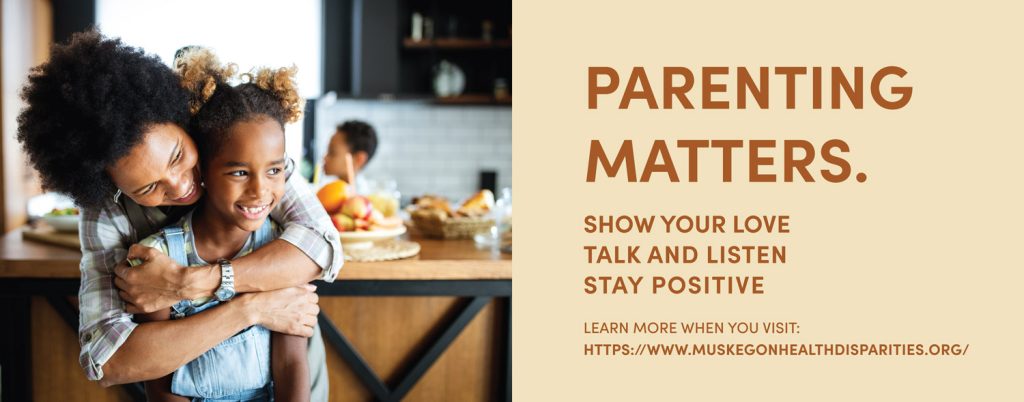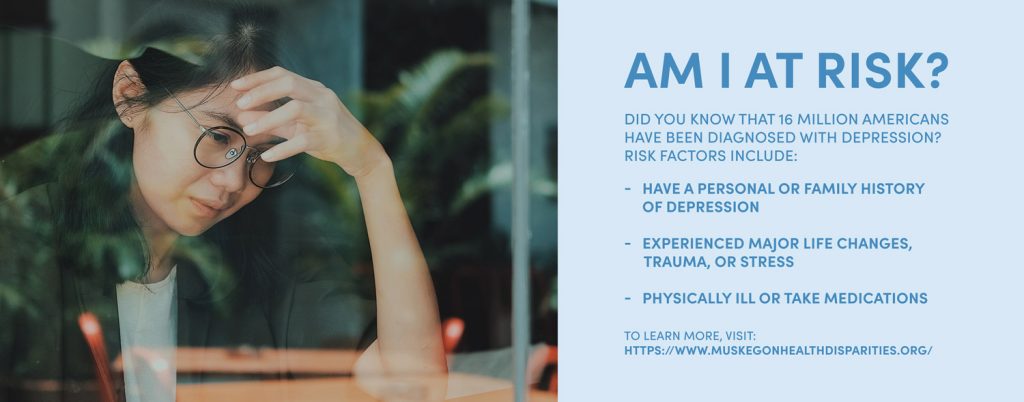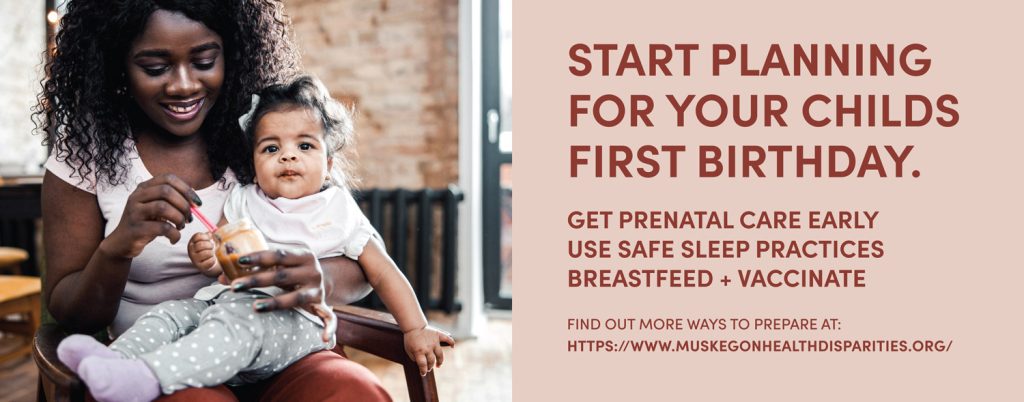What Are Disparities?
What is a "health disparity"?
How do you know if you are experiencing a health disparity?
Do any of these sound familiar to you?
- I have difficulty getting to a doctor or a hospital regularly.
- I don’t speak English well.
- I receive poor service from the doctor or medical staff.
- I receive inadequate or biased* treatment.
- I have difficulty getting to the grocery store and buying healthy food.
- I don’t have access to safe drinking water.
- I don’t have a safe place to play or get exercise.
- I don’t have a safe place to live.
- I’m concerned that my workplace environment is affecting my health.
- I have trouble getting to medical appointments or other important places.
- I have problems covering the cost of my prescription medication.
- I struggle to get dental services.
- I don’t know how and when to use my medical insurance coverage.
- I struggle with depression, have trouble making good decisions, or have feelings of social isolation.
- I have trouble understanding directions from my doctor.
- I am discriminated against because of my race.
*APA dictionary of Psychology defines treatment bias as: The influence of a patient’s personal characteristics (e.g. age, gender, race, class) on the type and finality of treatment provided to him or her. A practitioner’s or researcher’s unrealistically positive or negative attitude toward a particular type of intervention strategy. Source: Medical News Today.
The word “bias” refers to a negative or positive idea a person has about someone or something. A person’s bias can affect how they interact with people of certain groups. An implicit bias is a bias that a person is unaware of. A person who has an implicit bias may believe they treat everyone equally. However, the person’s implicit bias may cause unconscious negative associations toward certain groups of people.
Persons with Disabilities
Disability is used as an umbrella term to include bodily impairments, activity limitations, or participation restrictions that relate to a health condition. These limitations, which interact with personal and contextual factors of the environment, result in disability. That is, a disability results from the interaction of having a condition-based limitation and experiencing barriers in the environment. The environment includes not only the physical environment, but also social factors like culture, attitudes, economics, and policies that shape our life experiences.
This Healthy People 2020 objective was achieved in October 2011 when HHS established data standards for defining disability in public health surveys. These standard questions across the life span ask about:
- deafness or serious difficulty in hearing (all ages);
- blindness or serious difficulty in seeing (all ages);
- serious difficulty in concentrating, remembering, or making decisions because of a physical, mental, or emotional condition (5 years or older);
- serious difficulty walking or climbing stairs (5 years or older);
- difficulty dressing or bathing (5 years or older); and
- difficulty doing errands alone (e.g., visiting a doctor’s office or shopping) because of a physical, mental, or emotional condition (15 years or older).
An affirmative response to any of these questions is considered a disability.
Disability health disparities arise from inaccessible physical environments, social assumptions and prejudices, and inflexible policies and procedures that, for example, assume that everyone must be able to independently fill out forms, undress unaided, transfer to high examination tables, and communicate in spoken English to receive standard health care services.


